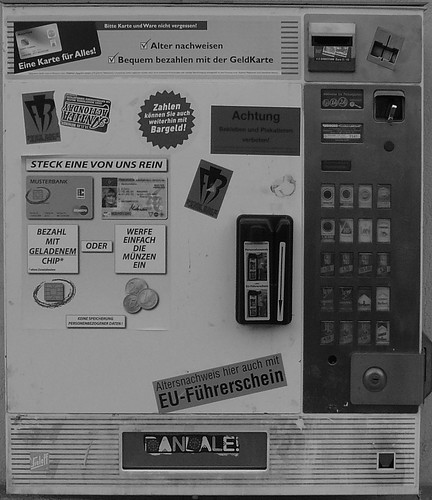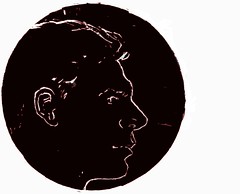Munich and the question of banality
 Open discussion with Alexandros Fthenakis in the Architecture School of the Technische Universität in München about the recent work in the TETE A TETE series. The work was this time presented with a rhetorical emphasis to banality and within the dialectics between normality and exception. A short reference to Victor Schklofski and to his "Art as Technique" could maybe form the center of a view to the work. The first point made was that we could begin an architectonic investigation about the civilization of contemporary remains. In a future civilization we would have to handle existing objects rather than create new ones. The inventive character of the future would not be "creation per se" but a work of possible reuses of some existing stuff. This attitude could find its past in objets trouvés strategies and in ready made works but in the contemporary conditions this aesthetic moves turn to a necessary practice, or are marked by ethical characteristics.
Open discussion with Alexandros Fthenakis in the Architecture School of the Technische Universität in München about the recent work in the TETE A TETE series. The work was this time presented with a rhetorical emphasis to banality and within the dialectics between normality and exception. A short reference to Victor Schklofski and to his "Art as Technique" could maybe form the center of a view to the work. The first point made was that we could begin an architectonic investigation about the civilization of contemporary remains. In a future civilization we would have to handle existing objects rather than create new ones. The inventive character of the future would not be "creation per se" but a work of possible reuses of some existing stuff. This attitude could find its past in objets trouvés strategies and in ready made works but in the contemporary conditions this aesthetic moves turn to a necessary practice, or are marked by ethical characteristics. 
The second point had to do with the post production architectonic tactics and particularly with the composition in an archive condition. In this background putting together different things could form the structures of future constructions not only as a necessary acceptance of decadence but as a work of memory. Inhabiting the remaining objects of the past's overproduction obliges to a series of works that include architectural creation into a particular space construction organized out of space fragments. DJ, VJ, SJ are particular modes for treating the plethora of the existing things. The aesthetics of collage can be seen through this point of view as intellectual exercises of directing particular co-existences.






No comments:
Post a Comment